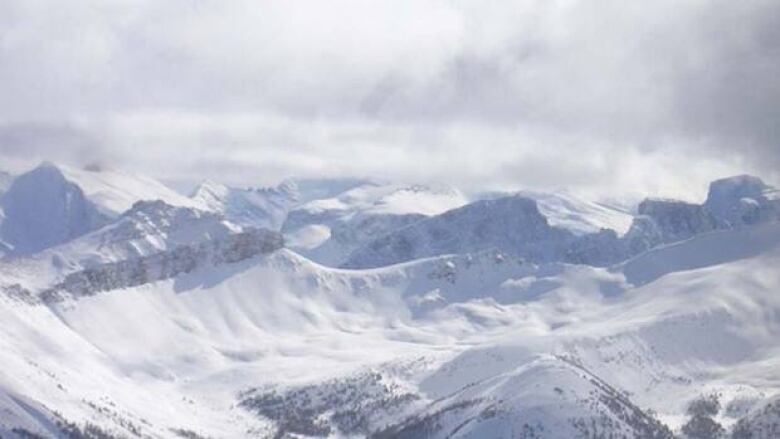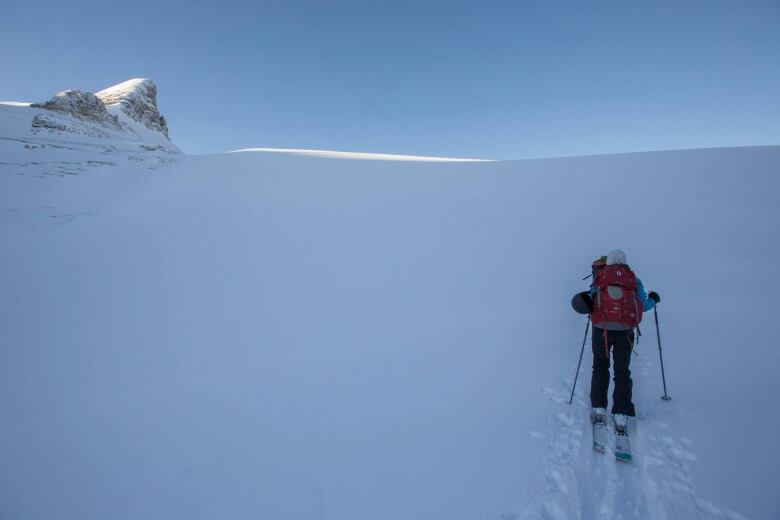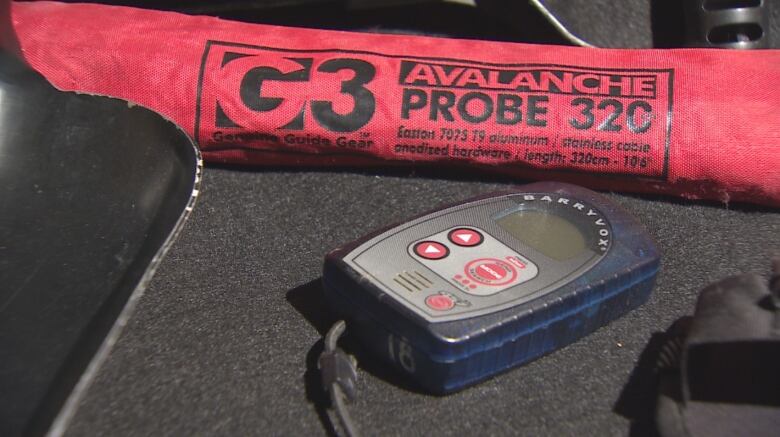Early snow brings avalanche risk to B.C. backcountry ahead of forecast season
'It's a time of a lot of excitement, but it's not a time to let your guard down,' says Avalanche Canada

It's so early in the season that official bulletins haven't started yet, but forecasters are warning the avalanche risk is already building in the B.C. backcountry.
Winter storms in recent weeks have delivered enough snow that eager adventurers need to be aware of the possible hazards, said Avalanche Canada forecaster James Floyer.
"It's a time of a lot of excitement, but it's not a time to let your guard down," he said.
Avalanche Canada is a non-profit group that issues daily avalanche forecasts for much of Western Canada but that doesn't start until next week.
On Vancouver Island, which has its own avalanche centre, those bulletins also haven't started yet, but forecaster Jan Neuspiel is trying to get the word out about dangers.
"When you get enough new snow, and combine that with wind both of which we've had lots of you start to develop an avalanche hazard," said Neuspiel.
"There's been hazard up in the alpine for awhile now, and it's spreading as we speak into the treeline and below treeline elevations."

Onus on backcountry users
When the official forecasts start, they'll include information-specific travel and terrain advice on where the avalanche risk is the greatest, including elevation, aspectand the likelihood of triggering a slide.
Until then, it's up to backcountry users, said Floyer.
"We don't have detailed assessments of where the most dangerous places are at this time, and,so, the onus really does come to the individual person to have those skills."
That includes gathering as much information as possible about local conditions, ideally from someone you trust who has recently been where you're going.
Danger is often highest during and just after a snow storm, Floyer writes on Avalanche Canada.
"If you do end up going in blind, then the best advice that I have is to start off slowly," said Floyerand assume the conditions are "fairly dicey" until you see the risk for yourself.
Both forecasters recommend anyone heading into the backcountry during avalanche season:
- Take an avalanche skills course.
- Have safety equipment (transceiver, probe, shovel) and know how to use it.
- Make a detailed trip plan and leave it with someone reliable.
Avalanche Canada's daily bulletins start Nov. 23.
The Vancouver Island Avalanche Centre will be watching conditions and start its detailed forecasts before the end of the month as hazard becomes more widespread, said Neuspiel.
"We have limited budgets. When it comes early, we're not ready to start forecasting because we'd run out of money before the end of the year if we did that."













_(720p).jpg)


 OFFICIAL HD MUSIC VIDEO.jpg)
.jpg)



























































































